The Council for Exceptional Children defines autism as a “spectrum disorder within a group of developmental disabilities defined by significant impairments in social interaction and communication, and by the presence of unusual behaviors and interests”.
The abilities of someone with autism can range from exceptionally gifted to severely challenged – this is why it is referred to as a spectrum disorder as someone with autism can have mild to severe symptoms which can also differ from one person to another. Autism is usually diagnosed in the early stages of a person’s life and in many cases the symptoms of autism such as developmental delays lasts throughout a person’s lifetime.
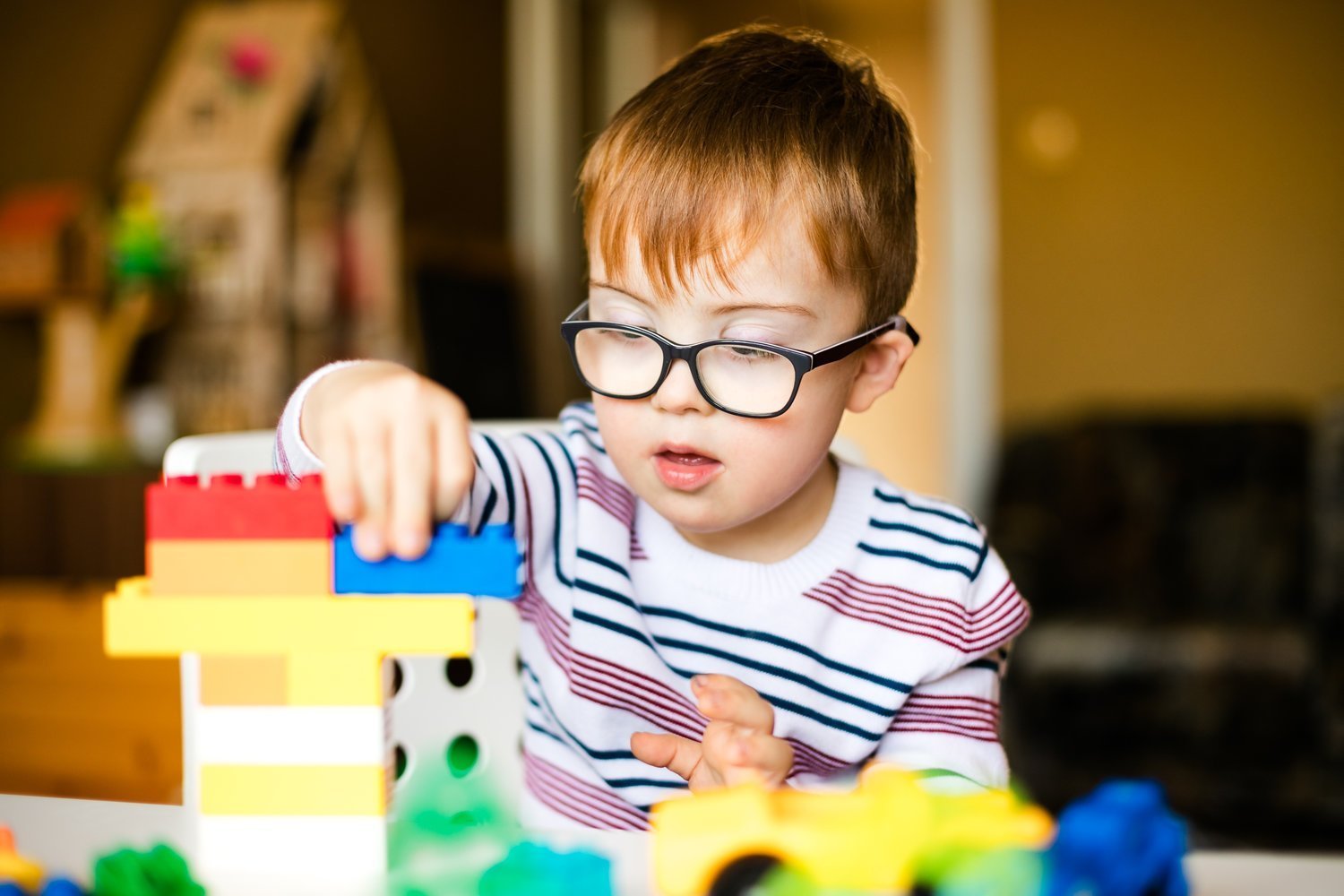
Image Credit: https://bigskytherapy.com/blog/the-best-toys-for-children-and-adults-with-autism
Children with autism do not have the same learning capabilities as other normal children. Autistic children will encounter problems and difficulties to achieve certain milestones of children within their age group which means that children with autism require to be placed in a special needs classroom that offers specific learning methods and an environment that helps to educate autistic learners.
Autistic learners also require teaching and learning aids that are far different than normal children. There is heavy emphasis on the use of visual aids, sensory tools, and a structured routine to cater to children with autism. One of the most prevalent symptoms of autism is the sensitivity to sounds, therefore, a normal classroom would be challenging for a child with autism due to the noise and distractions that occur in a normal classroom.
Are you a parent of an autistic child or are you a teacher to a student with autism?
Whoever you are, you may be looking for the best way to support their learning. Here are strategies that can be done both in the classroom and at home:
Control The Environment
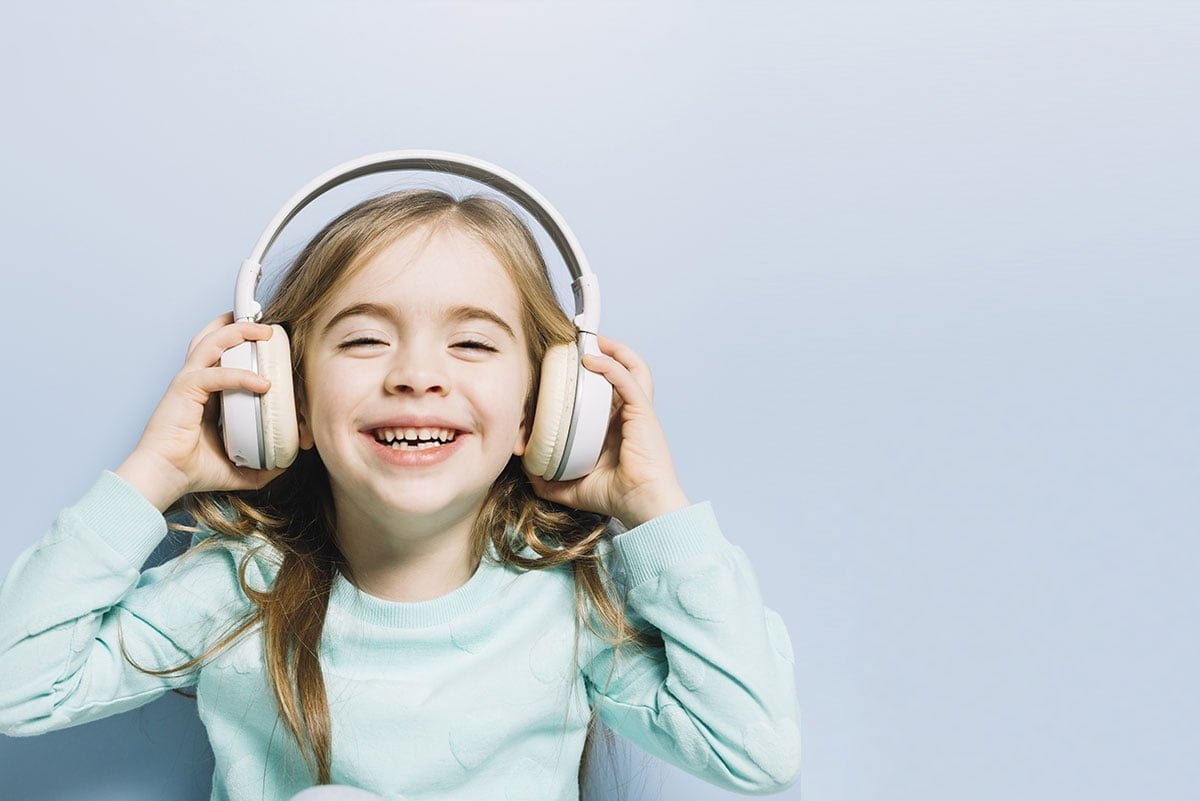
One of the symptoms of autism is sensitivity to auditory input which means autistic children tend to react badly to loud noises and distractions in the background. They might scream, cry, cover their ears whenever this happens. These are signs of distress that the child might exhibit when the environment is over stimulating.
Maintain Calmness

When being around an autistic child, it is important that parents and teachers are aware of their presence. Never speak too loudly or harshly as this will agitate the child. It has been acknowledged that autistic people pick up emotions very easily, because of that, if you are frustrated, avoid showing it in front of the child. Instead, take yourself out of the situation and only return once you are calm.
Implement a Routine or Schedule

Autistic children react negatively to unpredictability as well. It is important to implement and stick to a certain routine or timetable when dealing with autistic children. If there are any changes in plans, you have to address it and let me know as soon as possible and make sure you repeat that information as people with autism retain information differently. With a routine or schedule, the autistic child will know what to expect and will carry out the tasks by themselves accordingly.
Repetition is Important
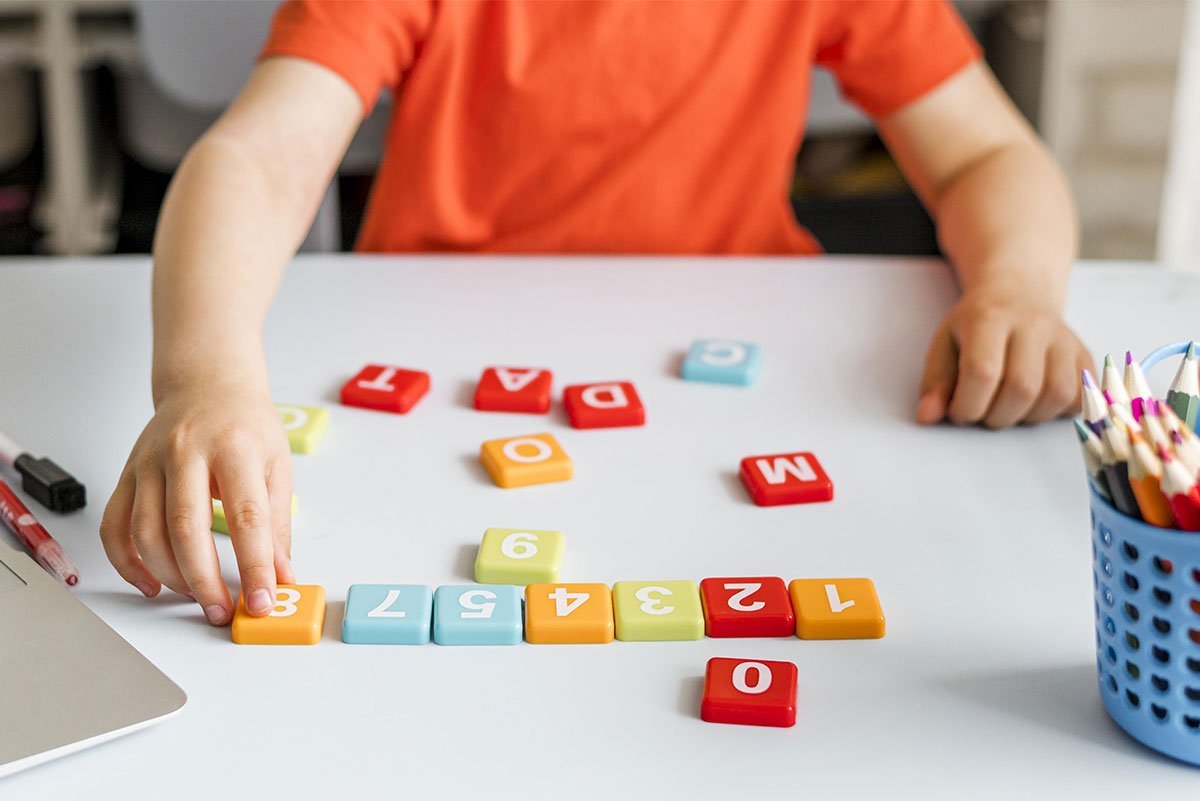
Choose tasks that involve repetitive motions such as sorting, putting in, taking out. These kinds of tasks allow certainty and ensure the information, knowledge or skills learned are retained longer in the child’s cognitive development. Most special needs classes for autistic learners feature assignments that are repetitive in nature.
Sensory Input
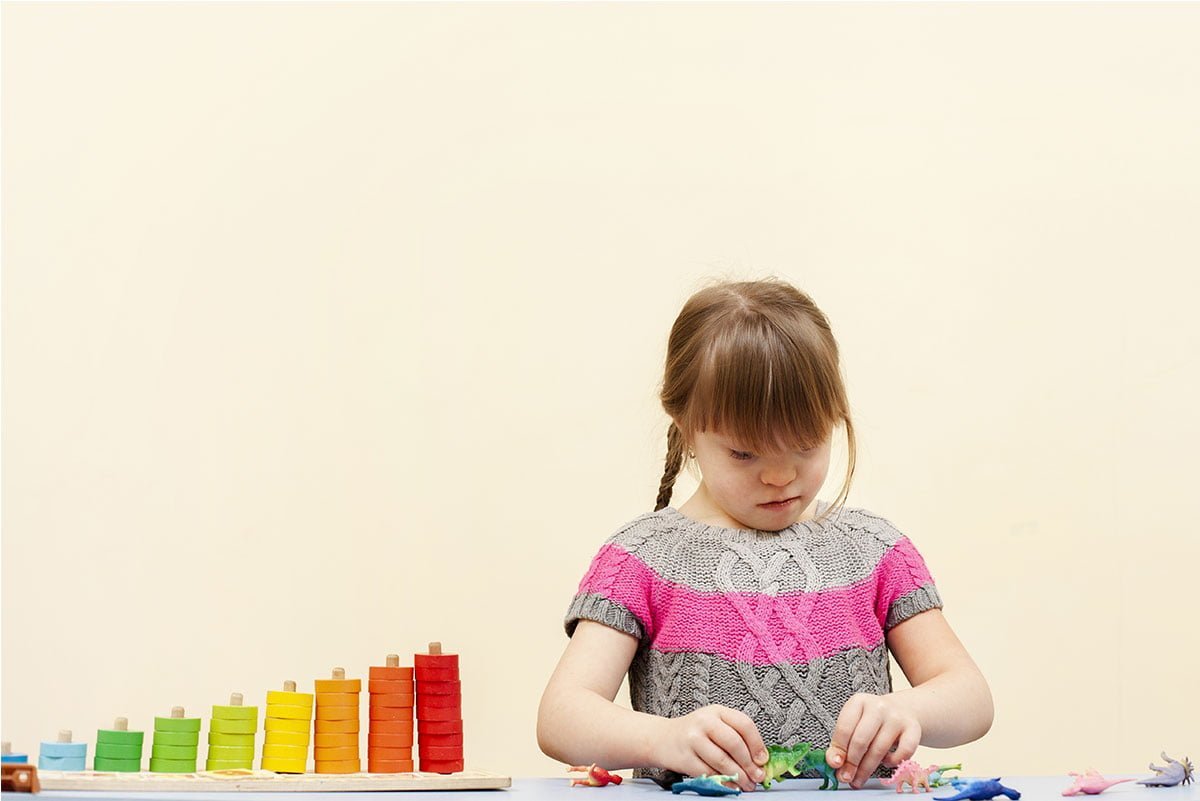
Autistic children learn best through visual aids, repetition, and hands-on activities. Design learning activities that stimulate these senses to get the best out of these learners in the classroom. This can also be done at home as there are many activities that can be carried out using household items such as cups, beads, marbles, flour, pictures, signs, and many more. There are also learning kits that can be purchased that are suitable for autistic learners such as the ALFA and Friends’ Spark kit, a kids monthly box that comes with hands-on science experiment activities.
Fidgeting is Normal
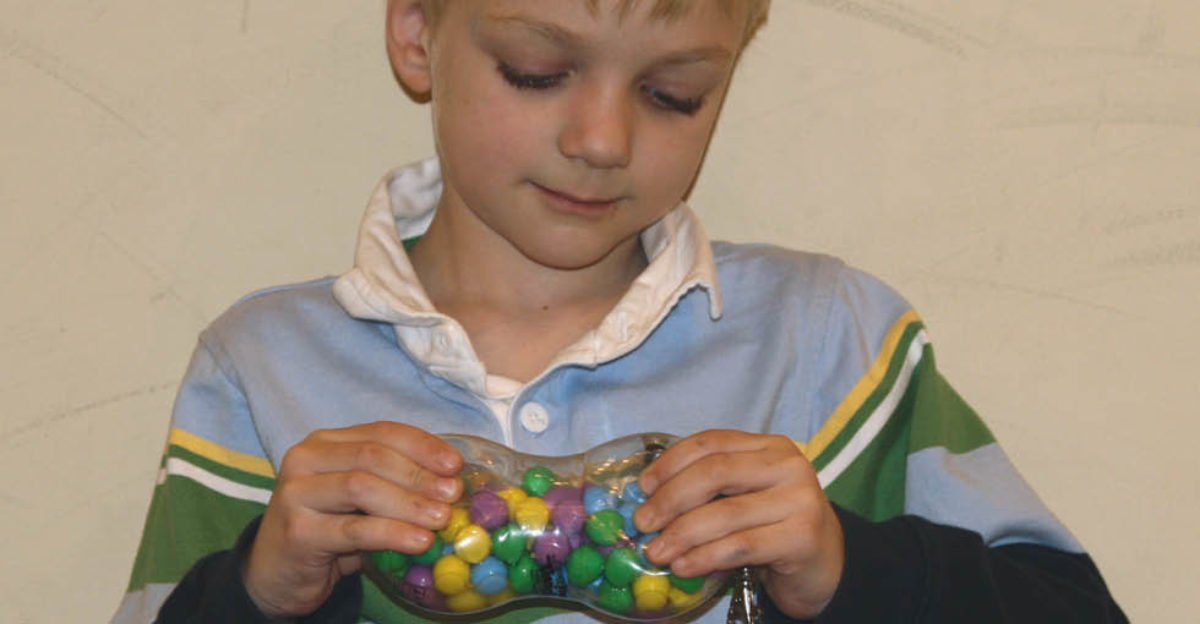
Image Credit: https://blog.schoolspecialty.com/fidget-5-reasons-fidgets-benefit-kids-special-needs/
You may notice how an autistic person makes random small movements every now and then. Rocking their chairs back and forth, tapping the tables, clicking their teeth, flapping their hands and many more. They might also fiddle with objects. This is totally normal and should not be causing you any trouble. Provide them some kind of outlet such as fidget toys to relieve the fidgeting and they will be fine.
These strategies should assist teachers in supporting the teaching and learning of autistic learners. It should also provide good pointers for parents to contribute to the learning development and growth of their autistic children.








